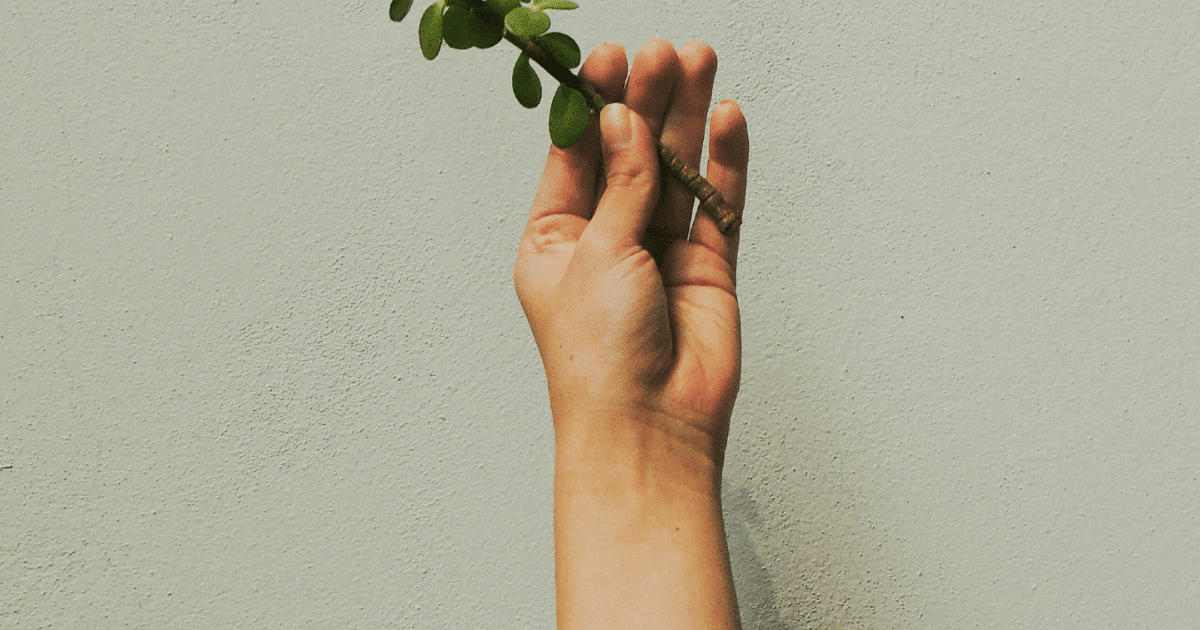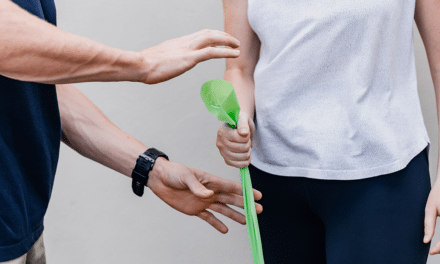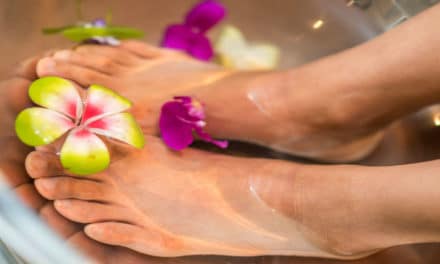I used to neglect caring for my forearm because I did not think it was necessary for me. Over time, my forearm continued to get tighter and tighter until my massage therapist recommended that I begin massaging it to release that tension. Since the hand directly connects to the forearm and we use our hands frequently, the forearm becomes tight for people if we do not care for this area. It is also responsible for helping you move your entire arm, so I think it is fantastic to massage this area to reduce tightness.
After massaging my forearm for a few months now, I have experienced many benefits that I will discuss before looking at some massages for the forearm. I noticed that massaging my forearms increased the amount of activity I needed to do with my hands and arms before my forearms were tired. Their increased endurance means that I can write longer, be more precise with my hand and arm movements, massage other parts of my body with my hands, and increase my grip strength. Another thing it does is increase blood flow throughout the arm, which means more oxygen and nutrients can help the entire harm recover more efficiently. The final thing I noticed, which is most likely due to the blood flow, is that my hands do not feel as cold. Typically when an extremity is cold, the heart is forced to work harder to pump blood to that area. Since my hand feels warmer than before, it is credible to assume that my heart does not have to work as hard to pump blood around my body. You can experience all these benefits by giving your forearms a brief massage, which I do every other day.
There are a few ways that you can massage the forearm. I think the most effective methods are using a lacrosse ball, self-scraping, or hands to massage the forearm. Angela Hahn’s video “Find and massage trigger points in your forearm” covers massaging the top part of your forearm. It involves going down the whole top part of your forearm from its attachment to the elbow and the wrist with your thumbs or lacrosse ball. While you put pressure on a specific spot, you may find it helpful to rotate your wrist/forearm simultaneously. While the video focuses on targeting knots, I find it helpful to massage the forearm this way for a few minutes. The next video called “Forearm self massage” by PhilaMassages covers massaging the bottom part of the forearm. While a lacrosse ball is the only thing used in the video, you can also use your thumb or fingers to massage the bottom part of the forearm.
Additionally, HM’s video “Forearm Self Care Techniques – DIY Massage Therapy” covers various ways to massage the side, top, and bottom of the forearms. The technique involves using your knuckles to glide on each part of the forearm. With this technique, aim to massage every section of your forearm for the most benefits. However, it is vital to target the areas around the attachment between the elbow and the wrist. I discovered that loosening these areas helps reduce the tightness the most and makes it easier to massage the entire forearm. I would not recommend utilizing your elbows for those with muscular dystrophy because it may be too deep. Finally, Athletico’s article “Stretch of the Week: Self Massage Technique for the Forearm” covers how to use a self-scraping tool. The article depicts using the end of a butter knife, but I purchased a scraper to complete this task. It involves you applying lotion to your entire forearm. Then, you use a scraper to start from the elbow and go down to the wrist repeatedly. With this technique, it should be your goal to touch every part of the forearm.
I will give you some general advice I have learned from massaging my forearms. I recommend spending only around three to five minutes with self-massage techniques from the forearm. I do this to prevent myself from putting too much pressure on my forearm to the point where it would not recover well. Another thing I like doing is spending more time massaging tender areas or on those that have knots, as these areas are the ones tightening the forearm muscles the most.
If you decide to massage your forearms consistently, you will notice considerable improvements in your forearm’s tightness. Hopefully, these videos give a foundational start to massaging your forearms. When I began researching how to massage forearms, I experimented with numerous techniques. After discovering what I found most effective for myself, I have been massaging myself that way for the last few months. Now, I rarely feel knots and am surprised I could live with tight forearms for practically my entire life.





